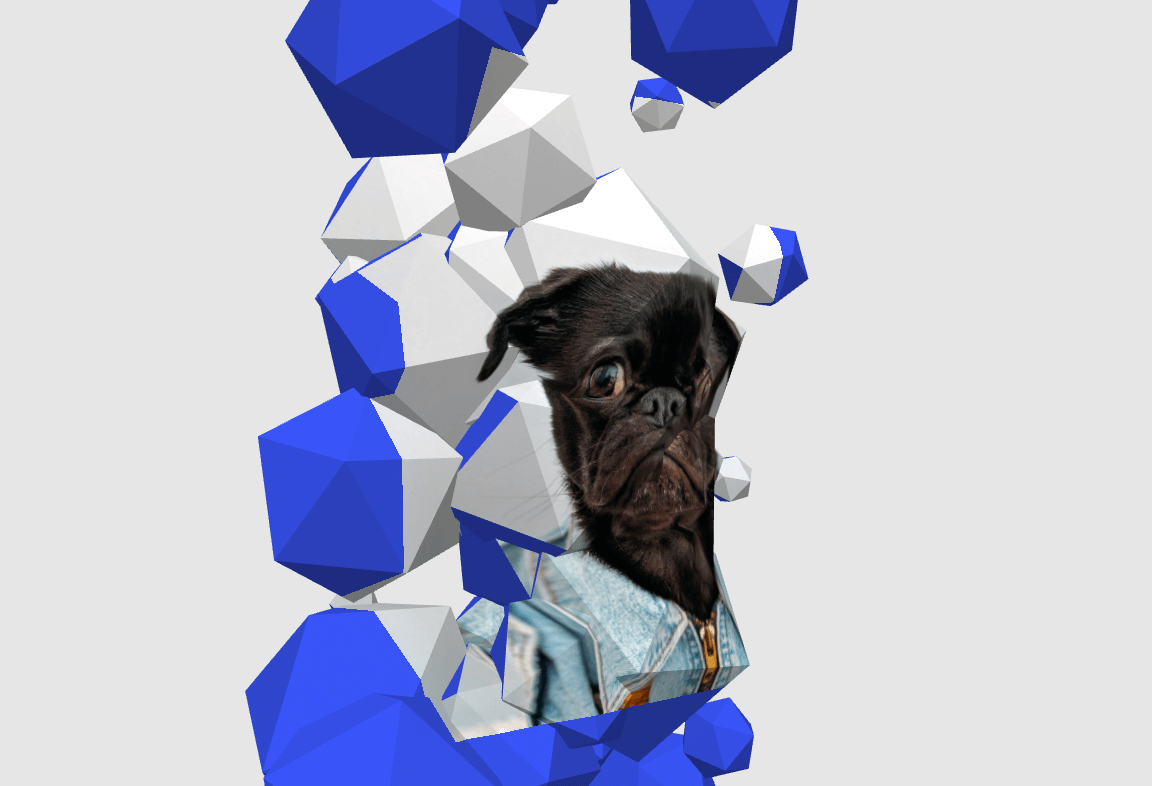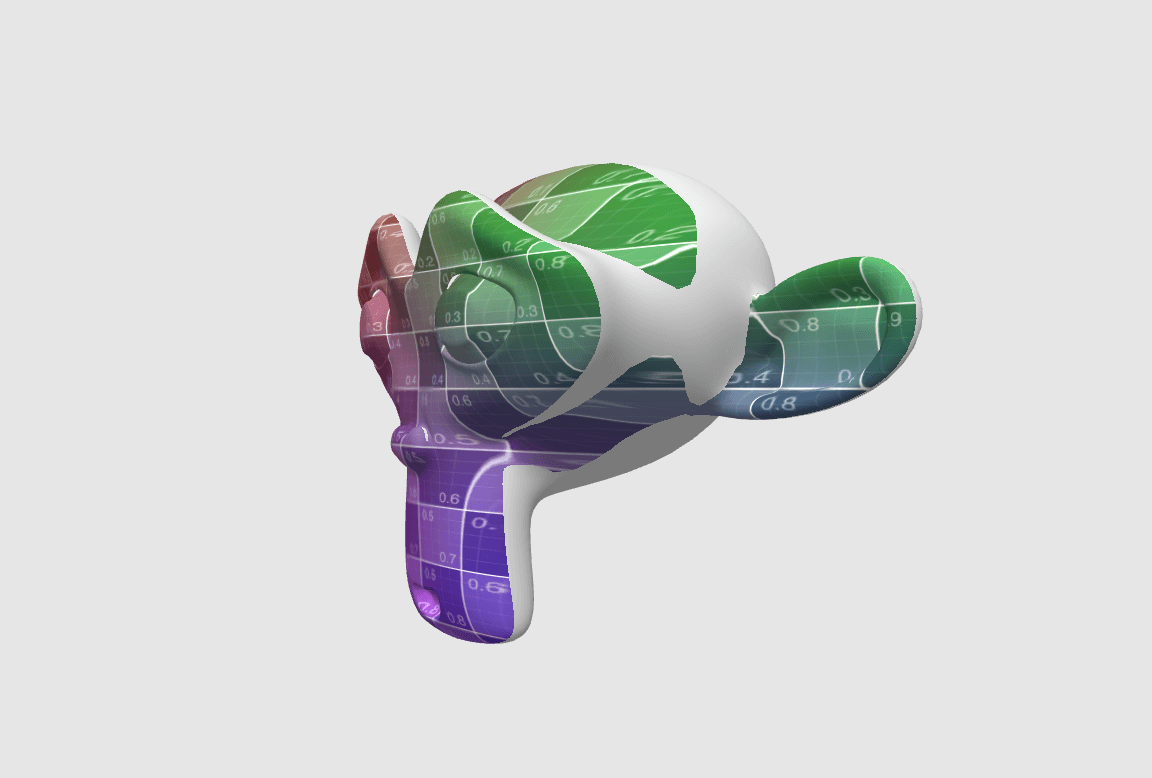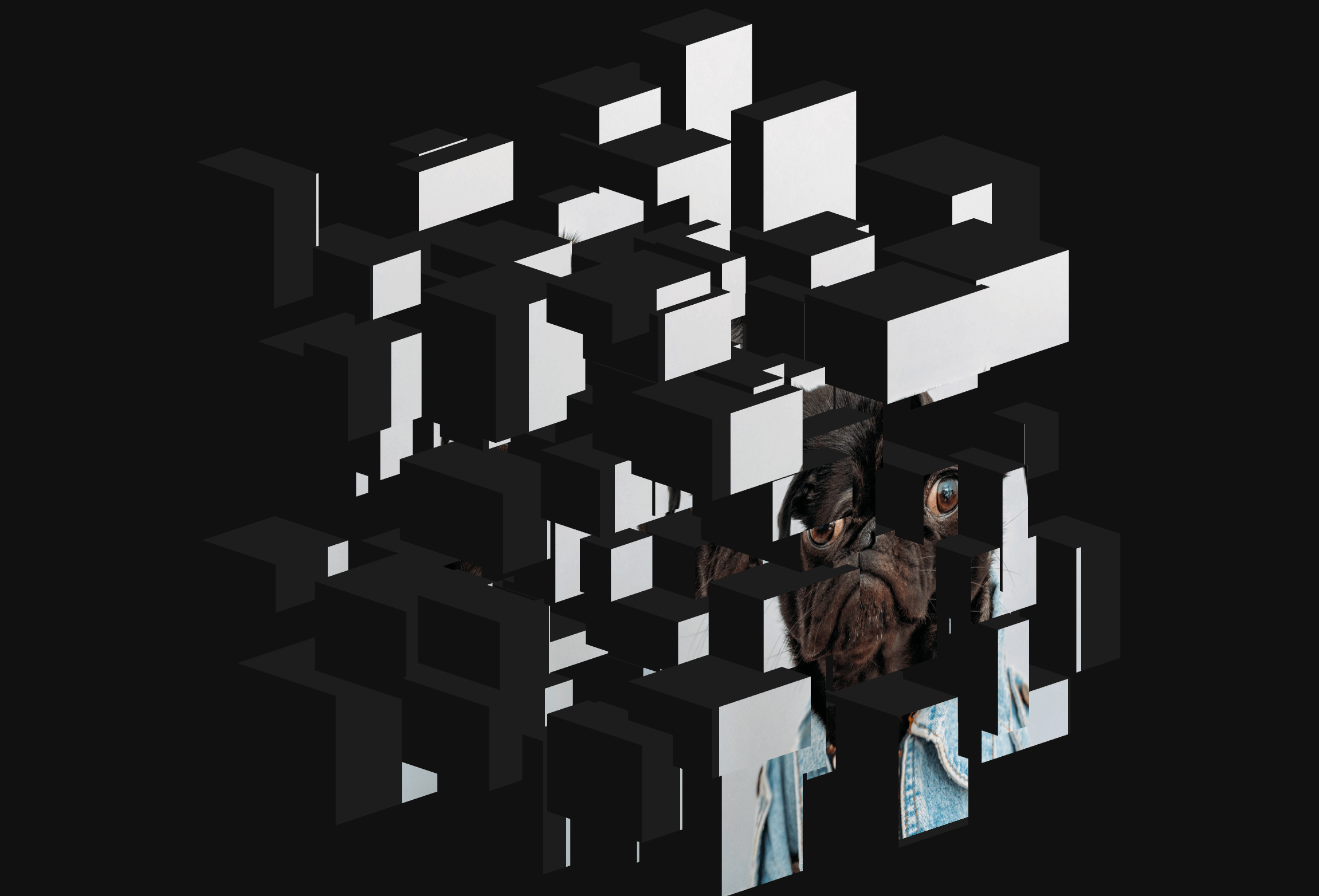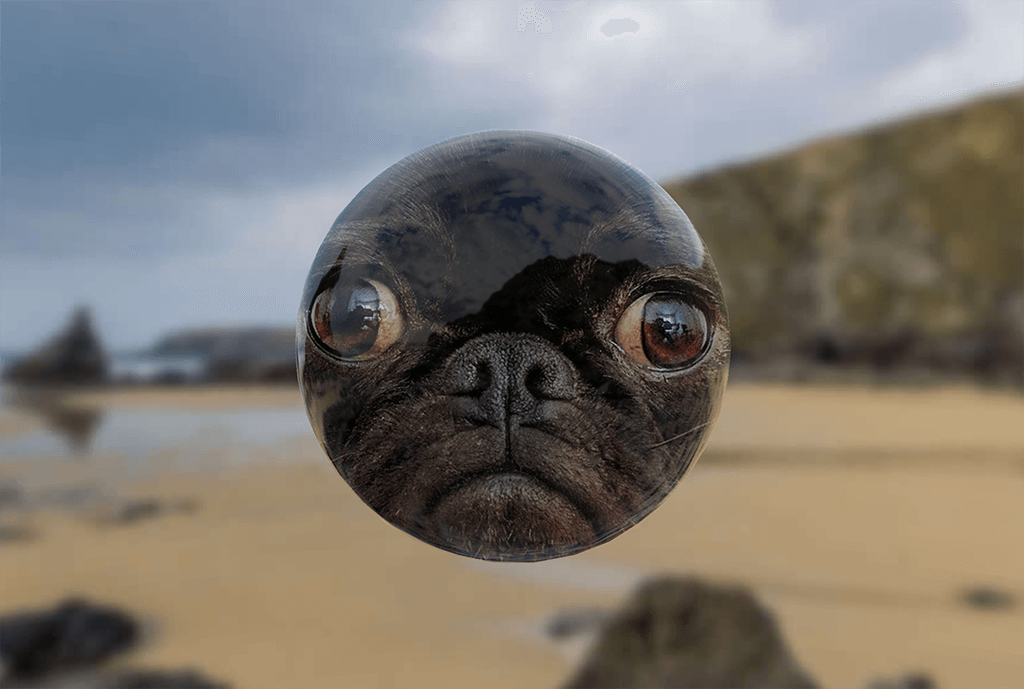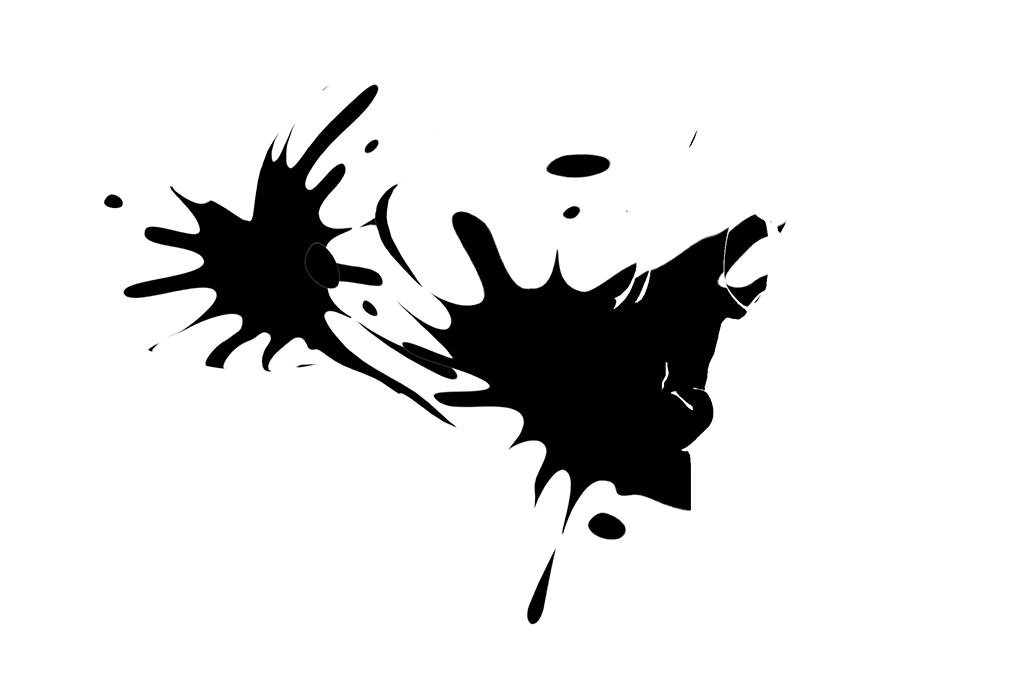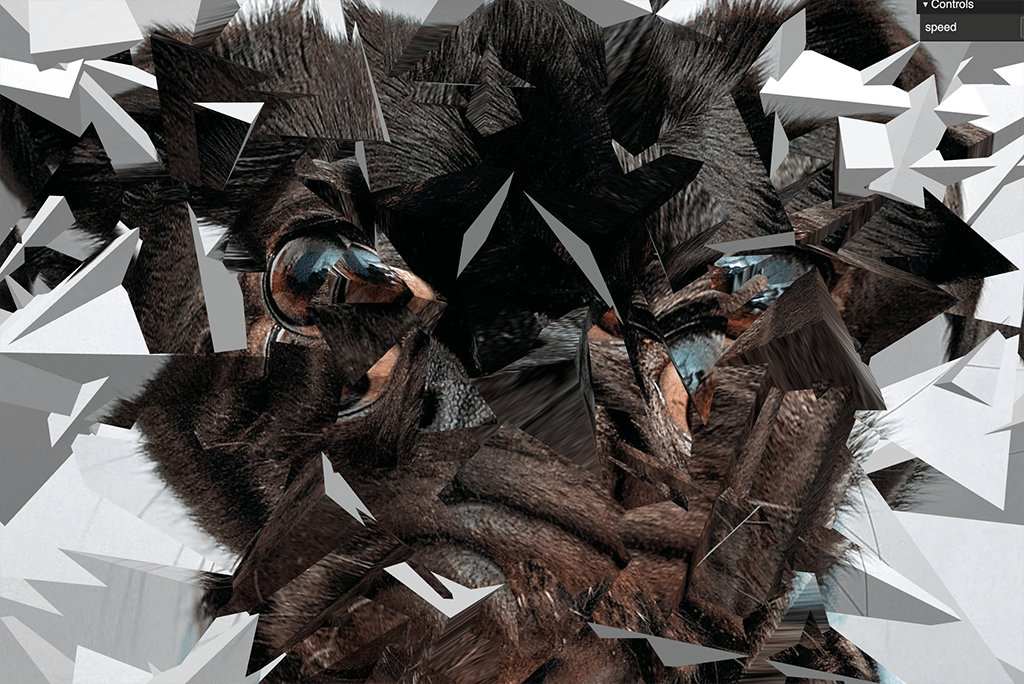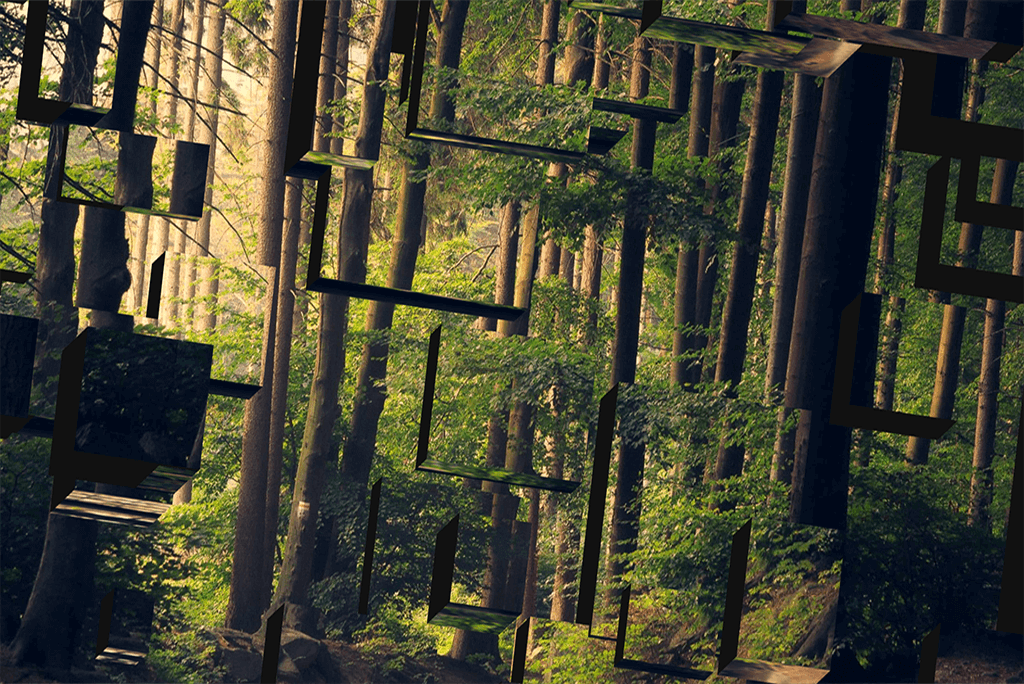marcofugaro / Three Projected Material
Programming Languages
Labels
Projects that are alternatives of or similar to Three Projected Material
three-projected-material
Three.js Material which lets you do Texture Projection on a 3d Model.
Installation
After having installed three.js, install it from npm with:
npm install three-projected-material
or
yarn add three-projected-material
You can also use it from the CDN, just make sure to put this after the three.js script:
<script src="https://unpkg.com/three-projected-material"></script>
Getting started
You can import it like this
import ProjectedMaterial from 'three-projected-material'
or, if you're using CommonJS
const ProjectedMaterial = require('three-projected-material').default
Instead, if you install it from the CDN, its exposed under window.projectedMaterial, and you use it like this
const ProjectedMaterial = window.projectedMaterial.default
Then, you can use it like this:
const geometry = new THREE.BoxBufferGeometry(1, 1, 1)
const material = new ProjectedMaterial({
camera, // the camera that acts as a projector
texture, // the texture being projected
textureScale: 0.8, // scale down the texture a bit
textureOffset: new THREE.Vector2(0.1, 0.1), // you can translate the texture if you want
cover: true, // enable background-size: cover behaviour, by default it's like background-size: contain
color: '#ccc', // the color of the object if it's not projected on
roughness: 0.3, // you can pass any other option that belongs to MeshPhysicalMaterial
})
const box = new THREE.Mesh(geometry, material)
webgl.scene.add(box)
// move the mesh any way you want!
box.rotation.y = -Math.PI / 4
// and when you're ready project the texture on the box!
material.project(box)
ProjectedMaterial also supports instanced meshes via three.js' InstancedMesh, and even multiple projections. Check out the examples below for a detailed guide!
Examples
API Reference
new ProjectedMaterial({ camera, texture, ...others })
Create a new material to later use for a mesh.
| Option | Default | Description |
|---|---|---|
camera |
The PerspectiveCamera the texture will be projected from. | |
texture |
The Texture being projected. | |
textureScale |
1 | Make the texture bigger or smaller. |
textureOffset |
new THREE.Vector2() |
Offset the texture in a x or y direction. The unit system goes from 0 to 1, from the bottom left corner to the top right corner of the projector camera frustum. |
cover |
false | Wheter the texture should act like background-size: cover on the projector frustum. By default it works like background-size: contain. |
...options |
Other options you pass to any three.js material like color, opacity, envMap and so on. The material is built from a MeshPhysicalMaterial, so you can pass any property of that material and of its parent MeshStandardMaterial. |
These properties are exposed as properties of the material, so you can change them later.
For example, to update the material texture and change its scale:
material.texture = newTexture
material.textureScale = 0.8
material.project(mesh)
Project the texture from the camera on the mesh. With this method we "take a snaphot" of the current mesh and camera position in space. The After calling this method, you can move the mesh or the camera freely.
| Option | Description |
|---|---|
mesh |
The mesh that has a ProjectedMaterial as material. |
allocateProjectionData(geometry, instancesCount)
Allocate the data that will be used when projecting on an InstancedMesh. Use this on the geometry that will be used in pair with a ProjectedMaterial when initializing InstancedMesh.
This needs to be called before .projectInstanceAt().
| Option | Description |
|---|---|
geometry |
The geometry that will be passed to the InstancedMesh. |
instancesCount |
The number of instances, the same that will be passed to the InstancedMesh. |
material.projectInstanceAt(index, instancedMesh, matrix)
Do the projection for an InstancedMesh. Don't forget to call updateMatrix() like you do before calling InstancedMesh.setMatrixAt().
To do projection an an instanced mesh, the geometry needs to be prepared with allocateProjectionData() beforehand.
dummy.updateMatrix()
projectInstanceAt(i, instancedMesh, dummy.matrix)
Link to the full example about instancing.
| Option | Description |
|---|---|
index |
The index of the instanced element to project. |
instancedMesh |
The InstancedMesh with a projected material. |
matrix |
The matrix of the dummy you used to position the instanced mesh element. Be sure to call .updateMatrix() beforehand. |



